The virus eventually shut down access to all local parks in Fairfax County. Shenandoah National Park was shuttered tight. Travel was strongly discouraged; campground gates locked. I only had one wildcard in my back pocket: a small Wildlife Management Area in Fauquier County that had a big reputation for spring ephemeral wildflowers: G. Richard Thompson Wildlife Management Area. I paid my fees to Virginia (online), printed up a license, and off I went to see what I could find. G. Richard Thompson Wildlife Management Area is a roughly four-thousand acre property on the eastern slope of the Blue Ridge Mountains in Northern Virginia. Managed by the Virginia Department of Game and Inland Fisheries, G. Richard Thompson Wildlife Management Area is primarily a hunting and fishing destination, and is funded through the purchase of Virginia state licenses. However, each spring for a one to two-week period, wildflower enthusiasts and bird watchers gather together to witness the forest habitat coming back to life for another season.
Initially, the trails were empty–a good outcome when navigating a world gripped by a highly transmissable virus. During my first visit to G. Richard Thompson Wildlife Management Area in late April the property was largely bare of wildflowers and plant life. There were still small clumps of snow on the backsides of many of the trees along the high northwestern ridgeline where the Appalachian Trail hugs the property. My goal, however, was not to bank images on my cards but to learn more about a specific unique habitat before the wildflower show got going in earnest. I was looking for one of several central Appalachian basic seepage swamps on the property, a habitat I remain somewhat unfamiliar with. Seepage swamps are rare biological communities by their very nature: gently-sloping geography in the mountains is not common. At G. Richard Thompson Wildlife Management Area, several spring seeps on the property create these unique mountain wetlands. I spent several mornings creeping around the seepage swamp around the headwaters of Wildcat Branch, letting my untrained eyes and senses adjust to the area. It was very neat to stand on top of what appeared to be a dry, talus field of stones and to hear, just under the surface, the hollow bounce of flowing water, a sound similar to hearing a distant highway without actually being able to see its presence. I found some Bishops Cap and some Marsh Marigolds, as well as some super thick and plush moss mats. Several of my local books list Marsh Marigolds as “rare,” so it was neat to find them outside of the National Park.
The neatest thing I found on my early trips to G. Richard Thompson Wildlife Management Area, however, was a Luna Moth. It’s wing somehow pierced my attention and registered a “stop and pay attention” signal as I hiked along, scanning the ground for the colors and shapes of spring wildflowers. The Luna Moth was resting underneath a Mayapple leaf. It was my first opportunity seeing or photographing a Luna Moth: thus, it was a special opportunity for me. Luna Moths are pretty large, about four to six inches in wing span, and their coloring is a beautiful lime green with lipstick red eye markings and borders. Luna Moths only live for a week, a brief yet purposeful life. This Luna Moth was simply resting from what I can only assume was a busy night of flying about and hopefully finding a mate. So, I didn’t disturb him much. I did my best to lay on the ground, distort myself and my gear, and grab a couple snaps, and then it was on down the trail.
Finding a Luna Moth (Actias luna) was a special experience for me. It reinforced that I didn’t need to be traveling to exotic locations. There was beauty and intriguing things all around; all I needed to do was commit time, energy and attention to the landscape.
The Luna Moth had a beautiful lime green coloring with lipstick-red eye markings on the wings. I found the moth hanging on the underside of a Mayapple Leaf alongside the trail, probably only inches from the ground. The Luna Moths fly by night and rest during the daylight hours. They live a short time–around a week–and don’t even waste time to eat or drin
Bishops Cap (Mitella diphylla) are extremely small flowers that resemble a snowflake in complexity and shape. They always remind me of Great Smoky Mountains National Park where I usually photograph them in April.
After creeping around the seepage swamp for a couple of hours I came upon a beautiful clump of Marsh Marigolds. This was my first time finding these beauties out in the wild. Their bright coloring contrasted sharply with the otherwise green landscape of the early spring forest floor.
The thickness of the moss within the mountain wetlands of the seeps was really impressive. I hope to return this summer to see what things look like when the forest has had time to mature.
Walking along the Appalachain trail the fluffiness of this small white flower caught my attention and stumped me in the moment. Friend and fellow wildflower enthusiast @kristi_parsons helped me identify this as a Cameo Wood Anemone. It turns out this is a nativar of Rue Anemone, though I admit, I’m still not exactly sure if a nativar means a natural variant or a cultivated variant or some combination thereof :-)! Neat find for me though.
As I continued to visit the property over the coming weeks, I began to explore the rocky, cliff-like areas along the steep banks of the seepage creeks, specifically Wildcat Branch. I don’t have any special training in botany, however, the habitats presenting around the stream bank and up onto the dry rocky summits appeared to be ideal for finding new-to-me wildflowers. The first one I came upon was a cluster of Wild Pinks. While I was familiar with the Fire Pinks that are common along the Blue Ridge Parkway in North Carolina, these Wild Pinks were a first to me. Nearby, I also found some Birdsfoot Violets, another first. Chasing the gorge-like geography deeper into the forest, I found a beautiful cluster of Eastern Red Columbine growing in a shady, boulder-strewn area. Wild Azaleas were just beginning to bloom higher up off the forest floor as well.
Generally, I parked at the top of the property at Upper Ted Lake and hiked down into the forest. G. Richard Thompson has almost half a dozen small parking areas along its perimter. One morning, however, I decided to park down at Lower Ted Lake parking area and hike up into the property. It was along this hike that I found some really pretty pink Fumewort wildflowers growing in a rocky outcrop above a seepage creek. I think it was a bit late in their bloom cycle, but a pleasure to see anyhow.
Wild Pinks were a really neat discovery for me. Similar to the Fire Pinks that I was more familiar with, these had longer tubular structures and much more subdued coloring. They were growing on the top of a rocky, cliff-type area not far from the seepage stream of Wildcat Branch.
The bright, colorful Eastern Red Columbines were growing in profusion in a rocky area beneath a shaded cliff. While I was photographing them, a hummingbird buzzed me and just about scared the bejesus out of me! With my head buried in the camera, I thought some kind of raptor-like bumble bee was coming to get me :-).
Inspired by the photography of one of my Instagram contacts @mossgirlny, I couldn’t help but play a bit with a patch of moss spores that were catching some early morning light nicely. So much potential with abstract shots like these–and so much work on my end to improve behind the camera.
These beautiful leaves from the Rattlesnake Weed were scattered throughout the rocky banks of Wildcat Branch. I didn’t see any of the yellow flowers in bloom; however, the greenish/purple leaves were really the attraction from what I could see.
G. Richard Thompson Wildlife Management Area is probably best known for it’s expansive area of Large Flowered Trillium and its thick beds of Mayapple. I had previously photographed the property for these wildflowers years before, so I sort of skipped them this season. However, I couldn’t help but wait around for the orchids to show up. Yellow Lady Slippers and Showy Orchis are two of the special wildflowers that show up at Thompson WMA each spring. I was excited to find several dozen different Yellow Slippers this year, and at least a couple decent patches of Showy Orchis. The Showy Orchis continued to be a challenge for me to photograph–I still haven’t gotten a frame of them that I’m comfortable with yet!
It was a wonderful couple weeks of botanizing, and a welcome distraction from the strange world of COVID-19 and the many restrictions and social norms that came with it. I’m still grateful for the forest and for the feeling of space and freedom that I can usually only find within. Thanks for having a look around.
Yellow Lady Slippers are such beautiful wildflowers! It is a really neat experience to scan the green mass of the forest to find the yellow glint of the sun hitting one of these bright little guys. And then, where there is one you’ll usually find more nearby. I think the process of finding these beauties is just as exciting as photographing them, if not more!
Most of the Yellow Lady Slippers that I found at G. Richard Thompson WMA were single blooms. However, I found a couple of two-flowered blooms within the forest. I thought the dark, twisted leafs were a cool contrast to the bright yellow slippers on this pair.
The density of Mayapple at Thompson’s WMA is pretty impressive. I had previously photographed both the Mayapple and Trillium blooms years prior, so I didn’t load up on too many frames this time around. However, I couldn’t resist a simple top-down view of this guy with the flower bud developing just through the window in the center.
One Flowered Cancer Root (Orobanche uniflora / broomrape) is a parasitic wildflower that I usually don’t spot until I’m already kneeling or laying on the ground working on some other wildflower. Their little flowers are quite beautiful, however.
I believe this is the leaf bud of a young Hickory sapling. I found the structures and coloring really beautiful–wish I had done a bit better at photographing it!
Wild Geranium (Geranium maculatum) lined many of the trails within G. Richard Thompson WMA. They created little purple tunnels with their many beautiful blooms.
Ragwort and Violets contributed their beautiful yellow colors to mix with the purple Wild Geranium along the trails within G. Richard Thompson WMA.
Earl Meadow Rue Wildflowers (female with the translucent coloring and the male with yellow hanging lantern appearance). The delicate nature of these guys made photographing them with any breeze a nearly impossible yet fun challenge!
A bit higher off the ground, wild Mountain Azalea (Rhododendron canascens) gave the spring greens a splash of color.
The beautiful pink coloring of Showy Orchis (left) and a flowering Eastern Redbud Tree (right).
The Perfoliate Bellwort (Uvularia perfoliata) is a very beautiful–and rather plentiful–wildflower along the Appalachian Trail and Ted Lake Trail within G. Richard Thompson WMA.
Robins Plantain (Erigeron pulchellus) was just beginning along the Appalachian Trail on my last trip out to G. Richard Thompson WMA in Virginia.
I found lots of Bear Corn (Conopholis americana / squawroot / American cancer-root) within the forests of G. Richard Thompson WMA, as well as the remains of a Wild Yam (Dioscorea villosa) from seasons prior.
Mountain Sweet Pitcher Flower
To know the Southern Appalachian Mountains is to know its plants. This I hold true. So, to know its rare plants is especially important, to me. They are quite literally the little things; the details. A few years ago, friend and photographer, Susan Stamey,...
Waterfall Chattooga Watershed
This waterfall is an old friend. I visit every time I'm in the area. It represents outoor adventure for me. I wasn't even twenty when I moved to South Carolina from the suburbs of Washington D.C. I quickly became aware of the Wild & Scenic Chattooga River, and...
Waterfall Rainbow
I was having a conversation with friend and photographer, Jim McGovern, during a recent photography adventure in the Southern Appalachian Mountains. He was telling me about his draw towards--and passion for--the wide open spaces of the desert southwestern United...

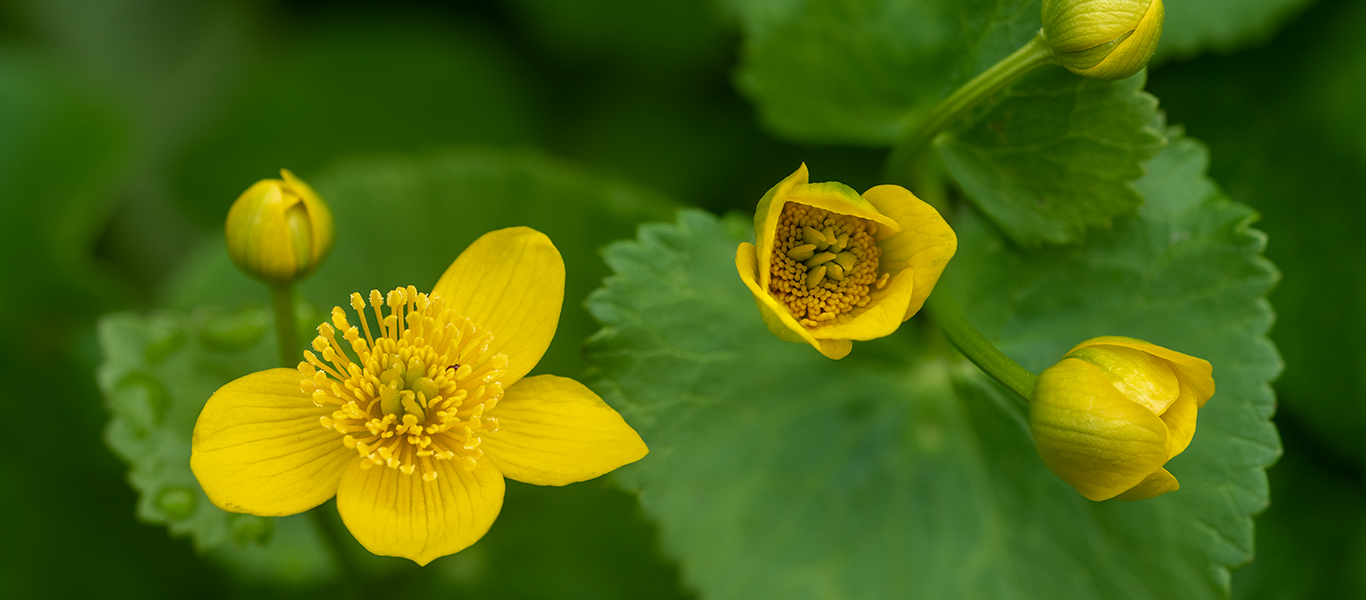









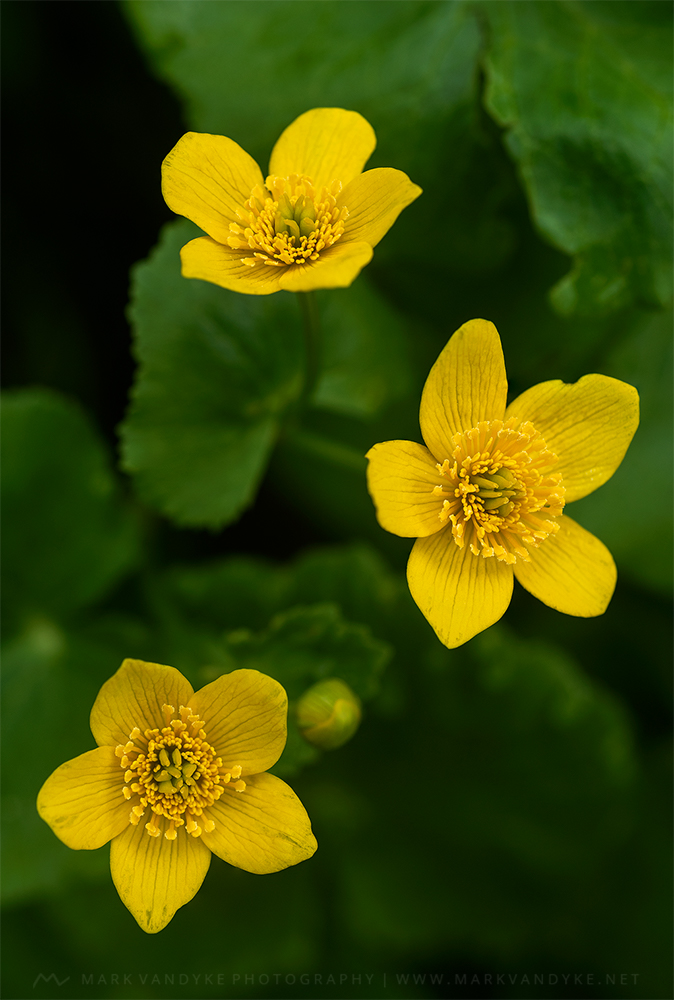





















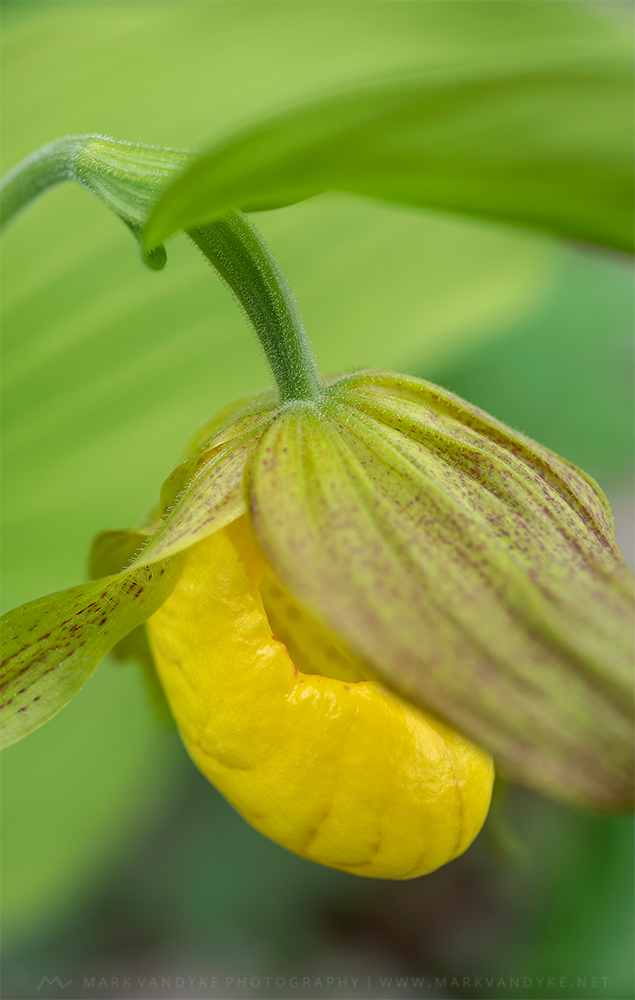


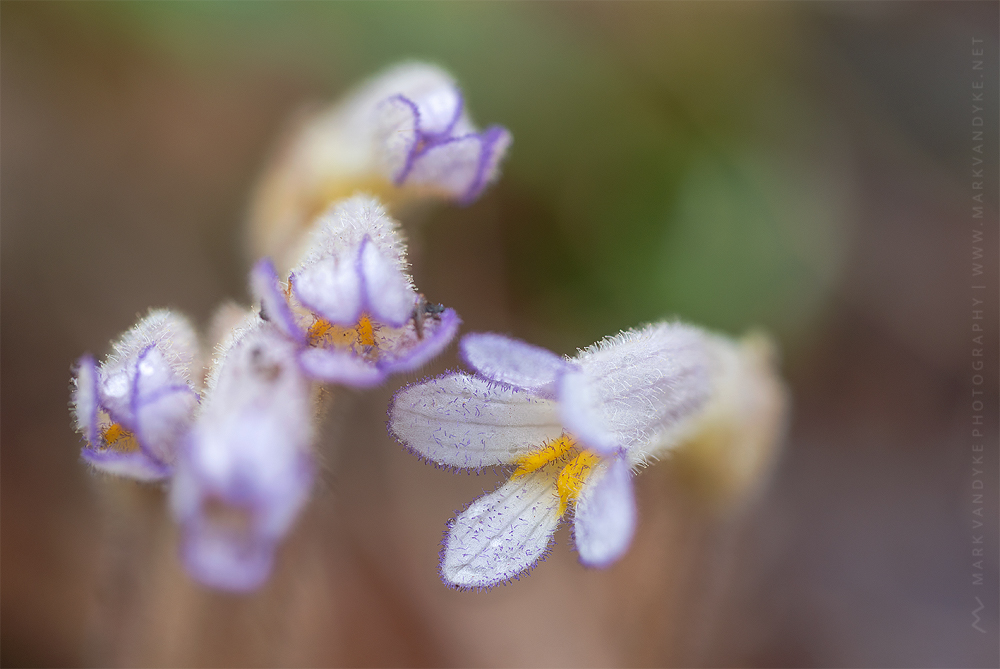


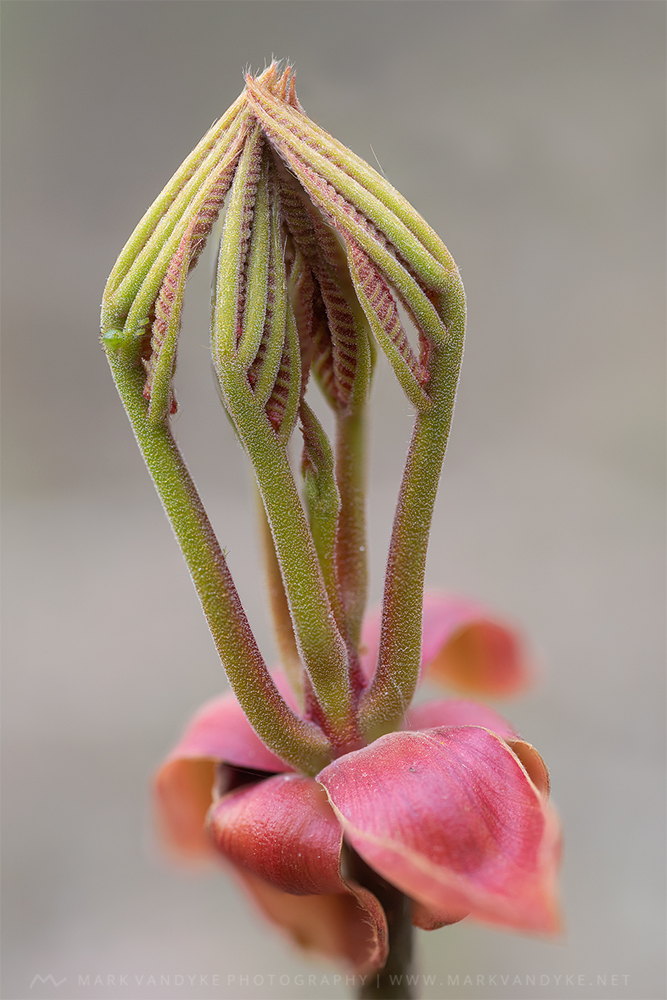
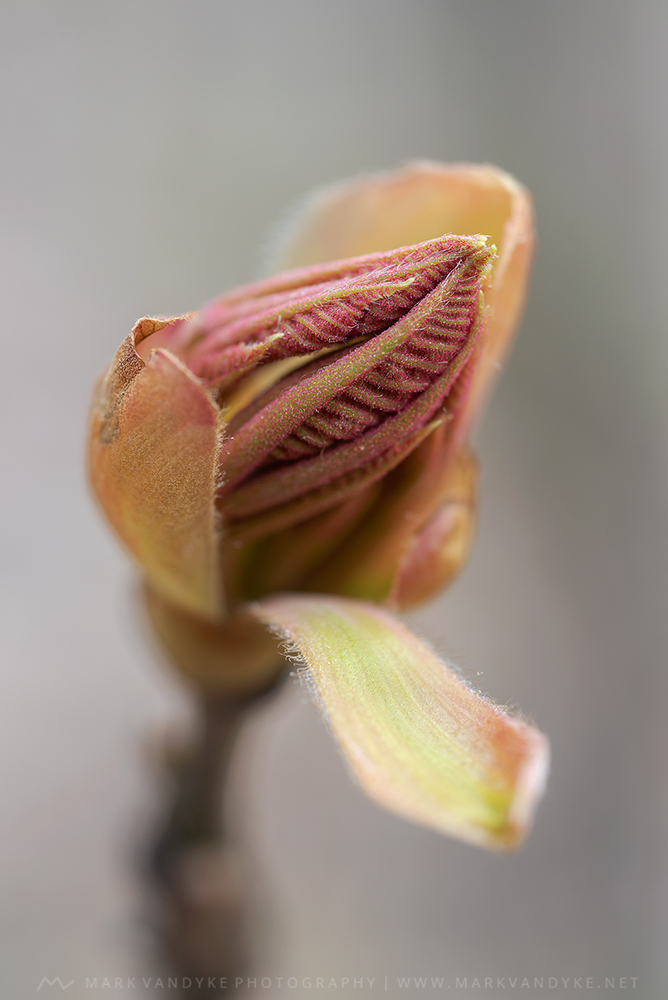








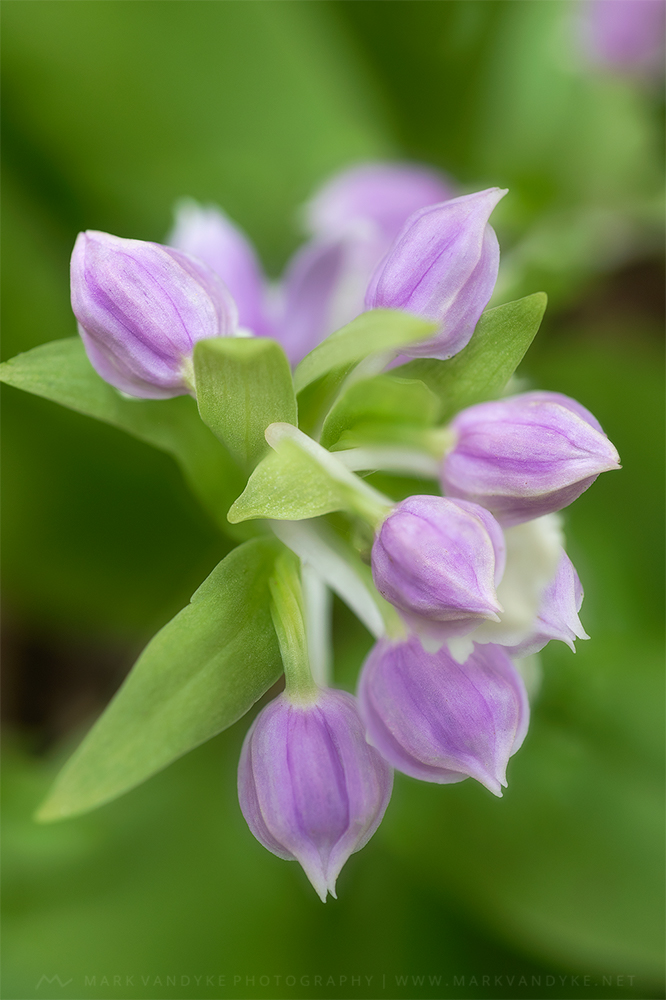




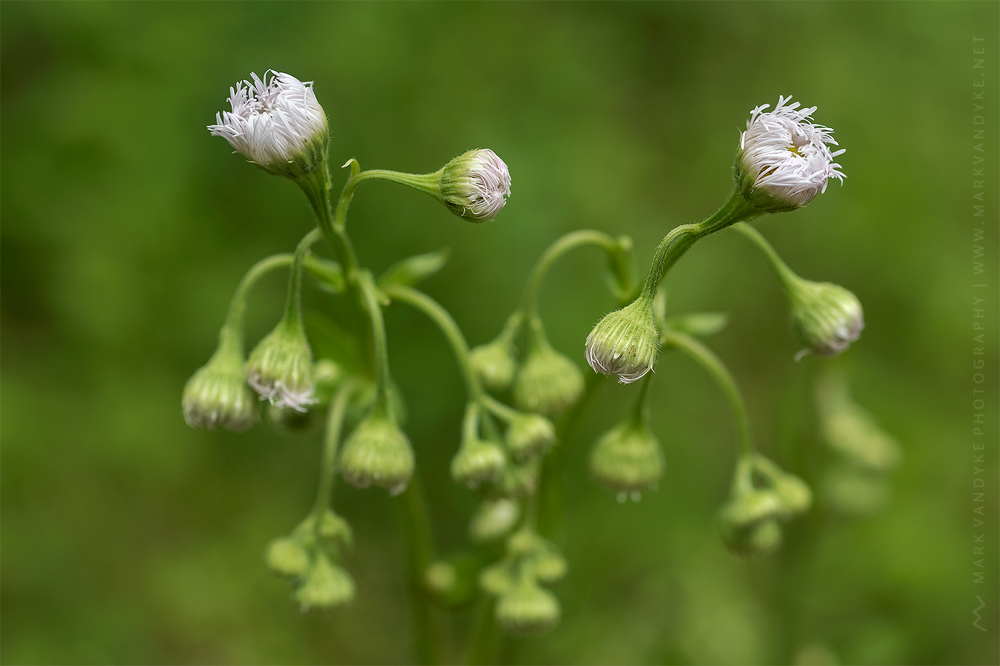


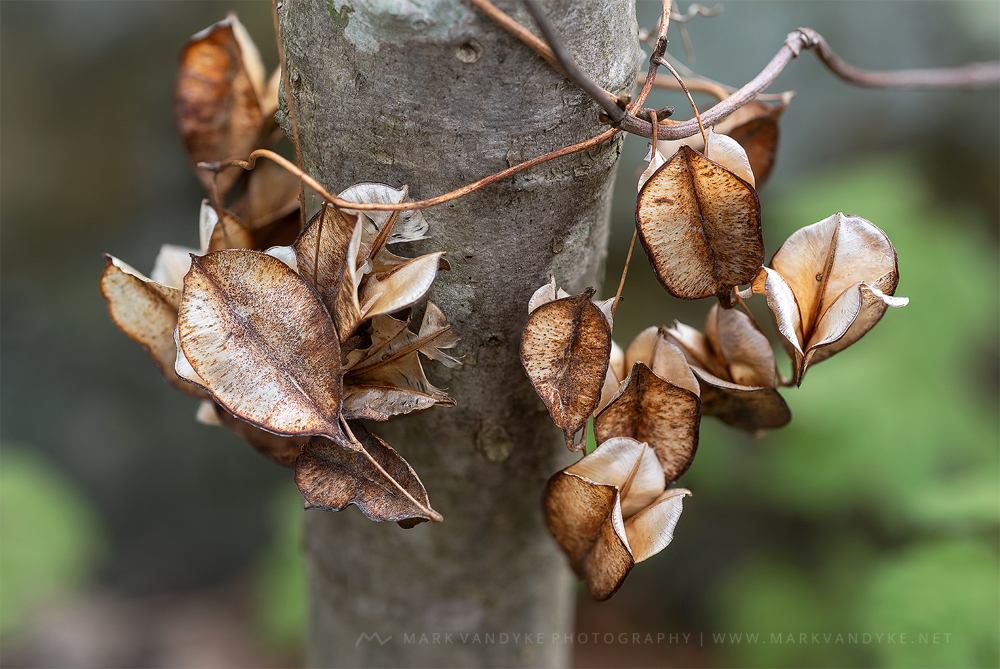


Absolutely Beautiful, Mark! Thank you for sharing! I was up at TWMA this morning. May apples are in full bloom, the trillium are on the wane but still lovely specimens to be found. I saw my first snowy orchis—delightful.
Hi Christine! So glad that you made it out to Thompson for a bit of botanizing recently. There are some really cool wildflowers out there! I typically travel around the Southern Apps quite a bit during the spring season–to have that much diversity and abundance at a property with small to no crowds is quite a treat. I can spend days there just combing the woods to see what new things I can find! Thank you again for the good words and I hope your visit was great.